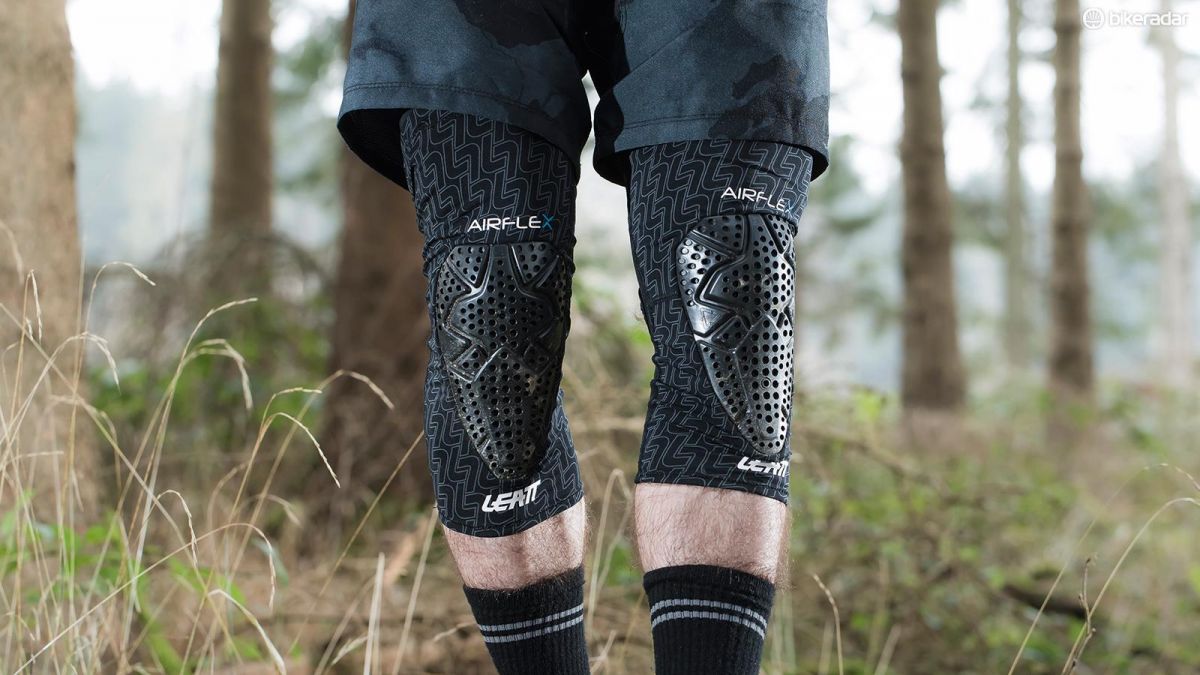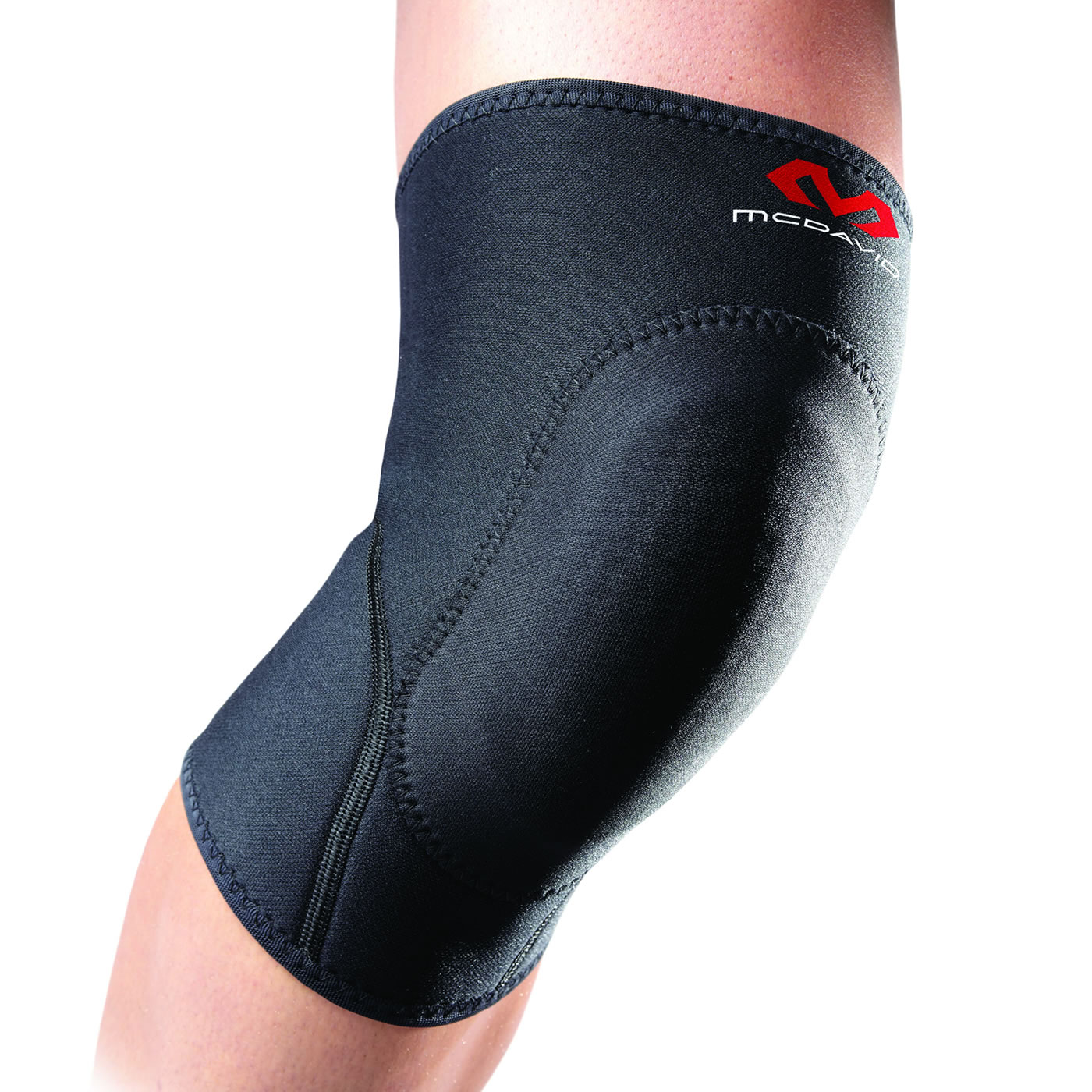 Knee Protection Guide
Knee Protection Guide
Knee protectors such as pads, sleeves and braces are widely used in sports which is related with a lot of various injuries, including knee damages. Many researches have proved that knee joints are the most injured part of the body among athletes, therefore, it is not a surprise that knee protectors are so popular and demanded among sportsmen. Thanks to demand of consumers we have access to many different knee protectors – knee pads, knee sleeves, knee braces – which are adapted to specific needs and wants in each sports.

For example, extreme sports knee protectors and sports knee protectors are noticeably different – their padding, material, durability, flexibility and comfort are completely different. It is clear, that motocross is connected with higher risk of injuries than basketball, football or volleyball, therefore, biker will need bigger and higher density knee protectors to protect knees from damages. But even basketball and volleyball knee protectors differ from each other – volleyball knee pads have bigger padding for kneecap protection during digging or diving, but basketball knee pads are longer for kneecap and shin protection against blows of ball or opponents.
Another difference between various sports knee protectors is their flexibility. Most sports depend on speed and accuracy of performance, but if knees movement is restricted and flexibility is poor, a result is bad as well. On that account most knee protectors are made to provide freedom of movement and elasticity, but at the same time providing constant protection. In sports where athlete do not have to move its knee joints a lot, for example, in snowboarding or skateboarding sportsmen can use knee protectors which are not so flexible, because there is no need for flexibility.
As mentioned before, there are a lot of various knee protectors – knee pads, knee sleeves and knee braces, but all of them have its own functions. To find out which of these knee protectors are more suitable for you, you have to identify specifics of your sports and health of your knees. Talking about the health, you may not have any of knee diseases or problems, but with time disuse of knee protectors may cause some of them, for example, arthritis, tendonitis or bursitis, therefore, every athlete should consider the idea of usage of some knee protectors. To find out which of knee protectors should be worn for prevention of knee injuries and for knee rehabilitation and protection after injuries read the description below.

Knee pads
As we know, the knee has a little protection on its own which is provided only by thin layer of skin and muscle over kneecaps. If you fall on your knees when they are bent, there is not much cushion which could keep you from pushing the patella bone out of space or breaking it, often tearing muscles or ligaments in this process. Usage of knee pads during certain sports can help to reduce the chance of knees injuries. Knee pads are used for knee protection in order to avoid different knee injuries such as bruises and abrasions which usually are caused by direct blows or other impacts. Knee pads usually have cushioning on the area of kneecaps to absorb the shock of blows and to protect patella. Knee pads are commonly used in volleyball, basketball, football, hockey, wrestling and other contact sports. These sports are known as sports where athletes often are falling to the ground, collide with other players or get blows of balls. Knee pads are the most used knee protectors in extreme sports such as motocross, BMX, skateboard and other extreme sports which are related with high risk of impacts and thus injuries.

Knee sleeves
Knee sleeves are used for knee protection to prevent knee injuries or the risk of knee damage in the future. Knee sleeves usually are made of neoprene fabric or other elastic and compressive material, because knee sleeves main function is knee support and stabilization, warming and compression which is increasing blood flow, reducing swelling and pain. Despite the fact that knee sleeves can lessen knee swelling and pain, they are not meant for injured or diseased knees – for that case you have to use knee braces. Knee sleeves generally are used in sports such as basketball, tennis, weightlifting, running and walking – they are used in all sports which are connected with great load and pressure on joints, especially on knee joints. You may not have any knee problems yet, but if you are not using knee sleeves during these sports, you can damage your knees, causing functional problems and even diseases.

Knee braces
Knee braces are used for protection of previous knees injuries to avoid a further endangerment. Unlike pads and sleeves knee braces are intended for fixation and protection of already damaged or bad knees, therefore, if you have some kind of knee problems, you must see your doctor and ask for braces, not pads or sleeves. Knee braces usually are made of durable and firm fabric, they have holes for kneecaps and they are reinforced with metallic elements and adjustable straps. Knee braces can be used in any sports and in every situation, when protection of injured knee is needed. In one word, knee pads and sleeves are used for knee injury prevention, but knee braces are used for knee injury protection. It should be mentioned, that there is various knee braces – prophylactic, rehabilitative, functional – and all of them have their own functions and purposes of usage.
